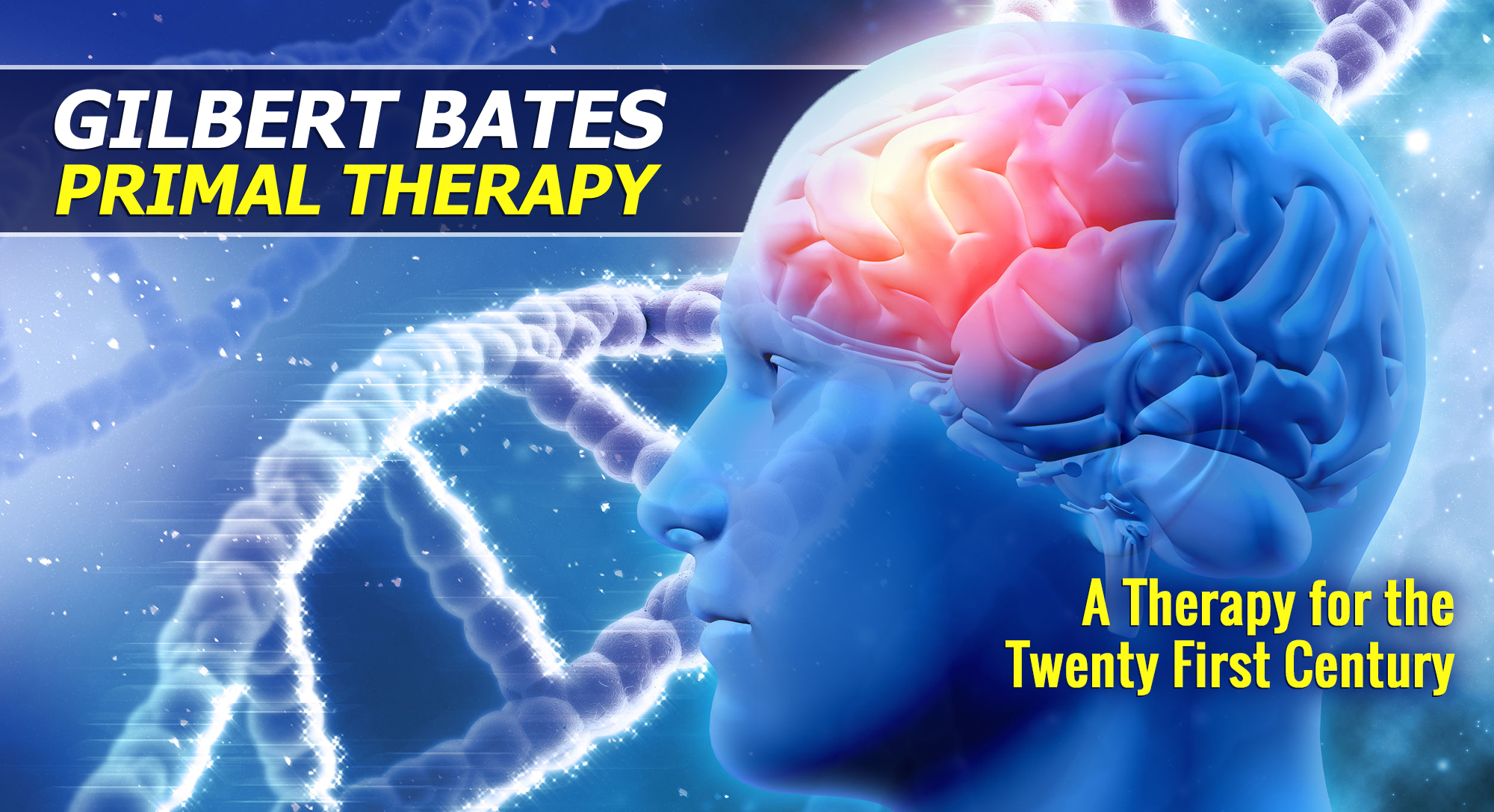The Process of Therapy
Janovian Primal Therapy (JPT) is unlike any other psychotherapy or cognitive behaviour therapy. JPT works with the three levels of mind to bring about healing – the sensations, the feelings and cognition. The current paradigm in mental health does not even recognise that the three different levels exist. I have just finished a psychology degree and the three different levels were never mentioned. Any person who undergoes JPT will get to experience these three distinctly different levels of brain functioning. This experience will radically change your view of how the human mind works.
When I started my own therapy in 2004, I had to commit to a fifteen-session intensive over three weeks, while being locked away in a motel. That was on top of having to pay quite a large amount of money upfront. Committing to three weeks of therapy, time off from work, and a large amount of money upfront puts a lot of people off from committing to the therapy. I have found that one or two sessions a week, paid for on an hourly basis, is a much better way to proceed. The three-week intensive was introduced early in the development of the therapy as a way to ‘bust’ patients from their intellectual state of mind into a feeling state of mind. These days the brain processes are better understood and so interventions have become more precise and targeted. During my own therapy in 2004 the average session was 2 hours, but as a therapist in 2020 I can get the same or better results in a much shorter time.
All sessions are open-ended because feelings have their own agenda and time frame, and a session isn’t finished until the feeling is identified and dealt with. The average time is 75 to 90 minutes.
In the beginning, the process of turning an emotional reaction into its underlying feeling is a difficult process. Once the patient gets to understand what is required, the feelings can start to flow more freely. The person will need to learn that they can go to some extremely dark and painful places, do what they need to do while down there, and then know that they can return safely. That process may sound scary and awful, but it is necessary to enable healing at a very deep level. Any therapy that does not address the painful imprinting of first line sensations will not be curative. The common therapeutic processes of the many forms of mindfulness and meditation only calm the cognitive mind (third line) for short periods, while leaving the imprinted trauma of first line sensations untouched.
Psychiatric medication blocks the flow of traumatic memories from coming to conscious awareness, helping the brains natural repressive system. JPT gets underneath the brains inbuilt defences to allow the painful memories to be experienced for what they are.
All the information above will become clear to patients as the therapy progresses. It is important to note that Janovian Primal Therapy is not based on theories, but actual experiences. The cognitive level of mind deals in theories, the brainstem sensation level of mind deals in experiences.
The growth of Janovian Primal Therapy has been severely stunted for many reasons. In some quarters it has been accused of being a cult. Margaret Singer wrote a book ‘Cults in our Mist’ and Janja Lalich ‘Take back your Life’ in which these high-ranking medical people accuse Janovian Primal Therapy of being a cult. Nothing is further from the truth. As a therapist I help people gain access to their own inner being and then they are able to go out and enjoy life however they see fit (read the testimonial page).
John Norcross and Albert Ellis can be heard and seen on you-tube ridiculing Janov’s assertion that a type of ‘emotional release’ can cure neurosis, but the painful expression of sensations/feelings, mostly through deep crying, is the curative factor.
Healing does not occur at the level of cognition in the prefrontal cortex, but at the level of sensation in the brainstem. Science tells us that the brainstem develops first in babies, then the limbic system feelings at about six months, then cognition at about two years of age. Science also tells us that the foetus can register pain and pleasure, so ipso facto, that points to the brainstem recording those experiences.
